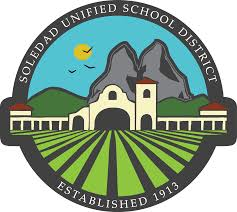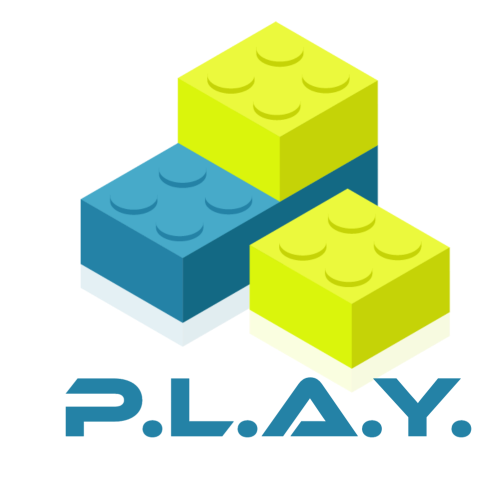UDL: Representation: Language and Symbols
Learning Activity
Learners vary in their facility with different forms of representation—both linguistic and non-linguistic. Vocabulary that may sharpen and clarify concepts for one learner may be opaque and foreign to another. An equals sign (=) might help some learners understand that the two sides of the equation need to be balanced, but might cause confusion to a student who does not understand what it means. A graph that illustrates the relationship between two variables may be informative to one learner and inaccessible or puzzling to another. A picture or image that carries meaning for some learners may carry very different meanings for learners from differing cultural or familial backgrounds.
As a result, inequalities arise when information is presented to all learners through a single form of representation. An important instructional strategy is to ensure that alternative representations are provided not only for accessibility, but for clarity and comprehensibility across all learners.
In this activity, we will dive deeper into the UDL Framework Guideline, Representation and learn more about Language and Symbols and the impact on learners.
Resources
Visit the UDL Framework CAST site and read the five checkpoints on how to provide clarity in your instruction.
More Universal Design for Learning (UDL) Activities
Quickly deploy Universal Design for Learning (UDL) lessons to your entire district.
Top districts trust Alludo to train teachers and staff





